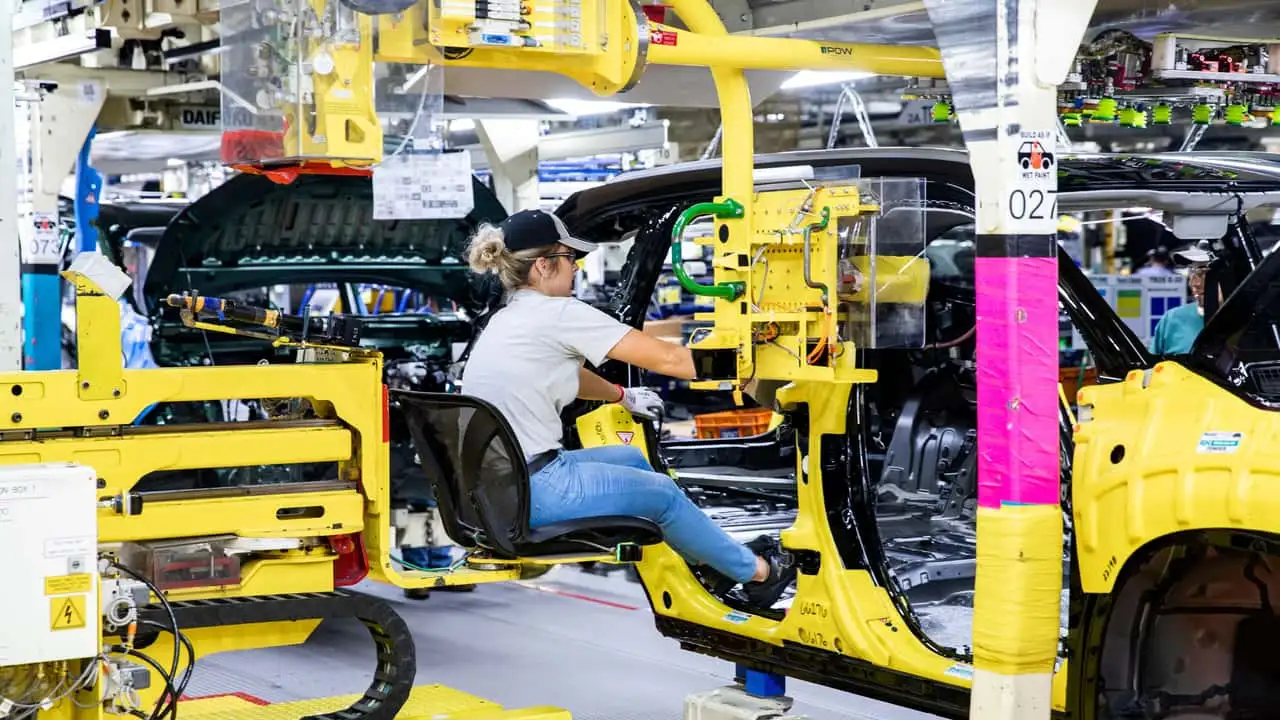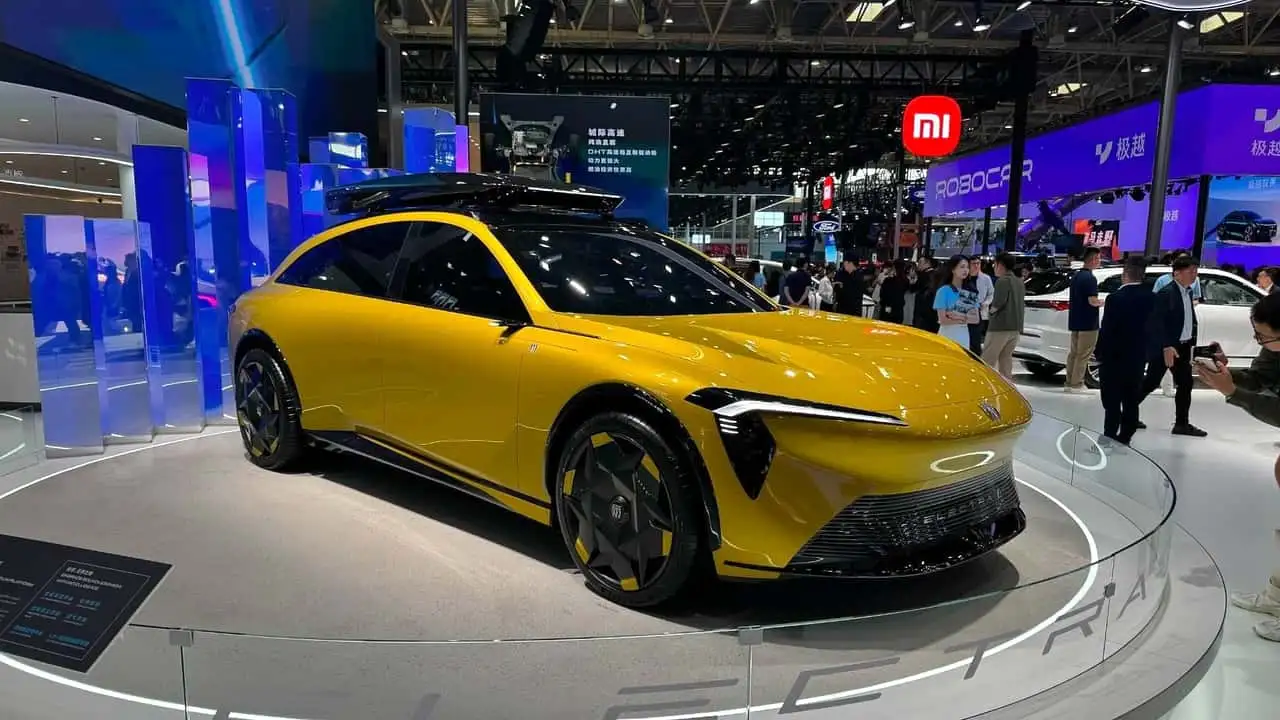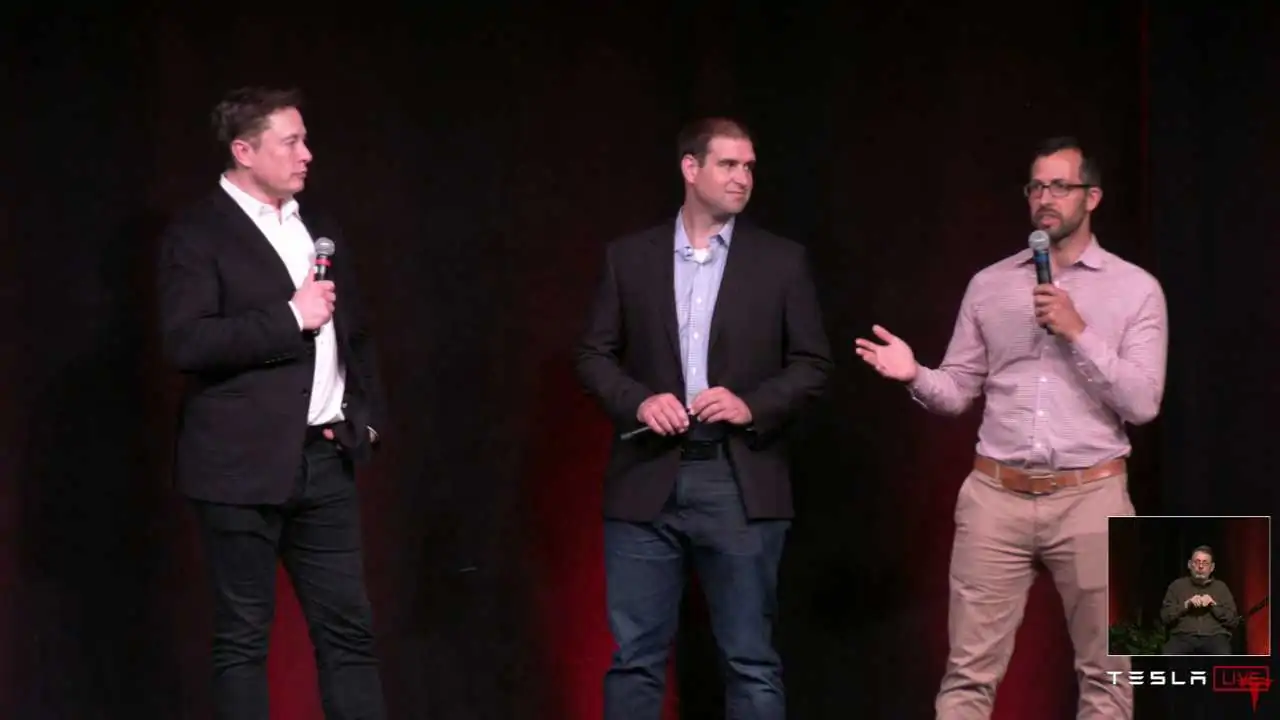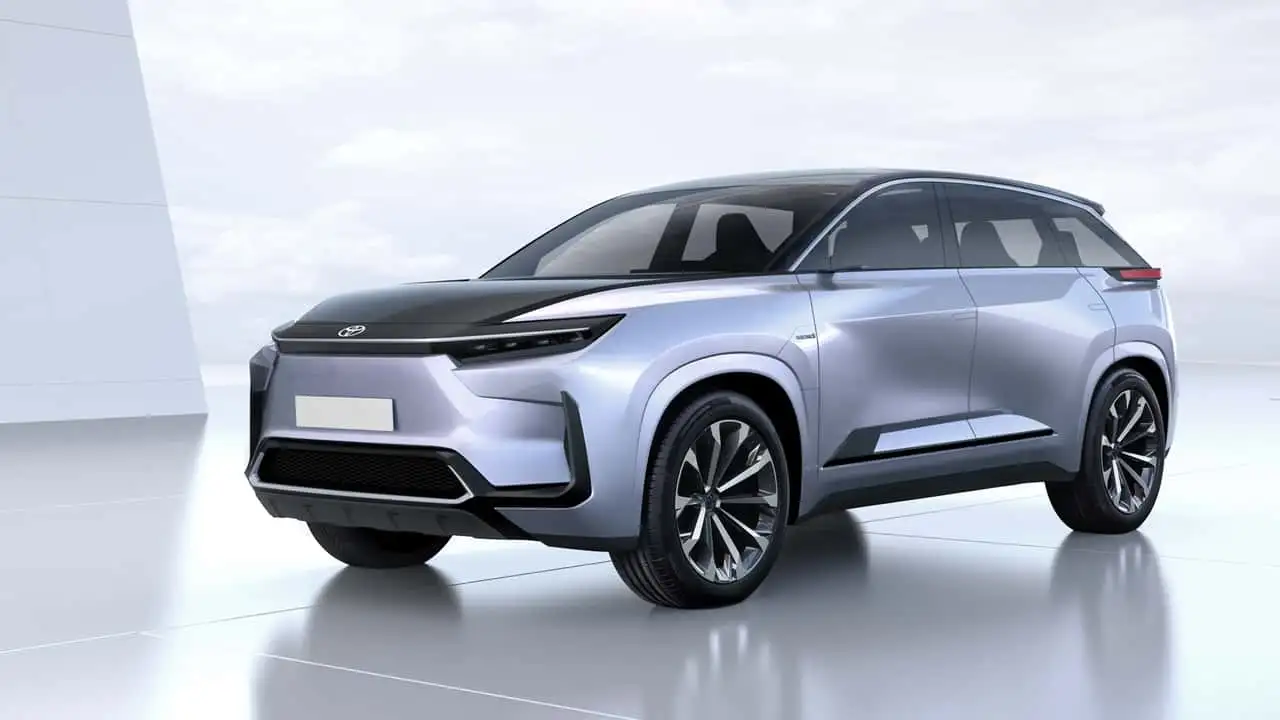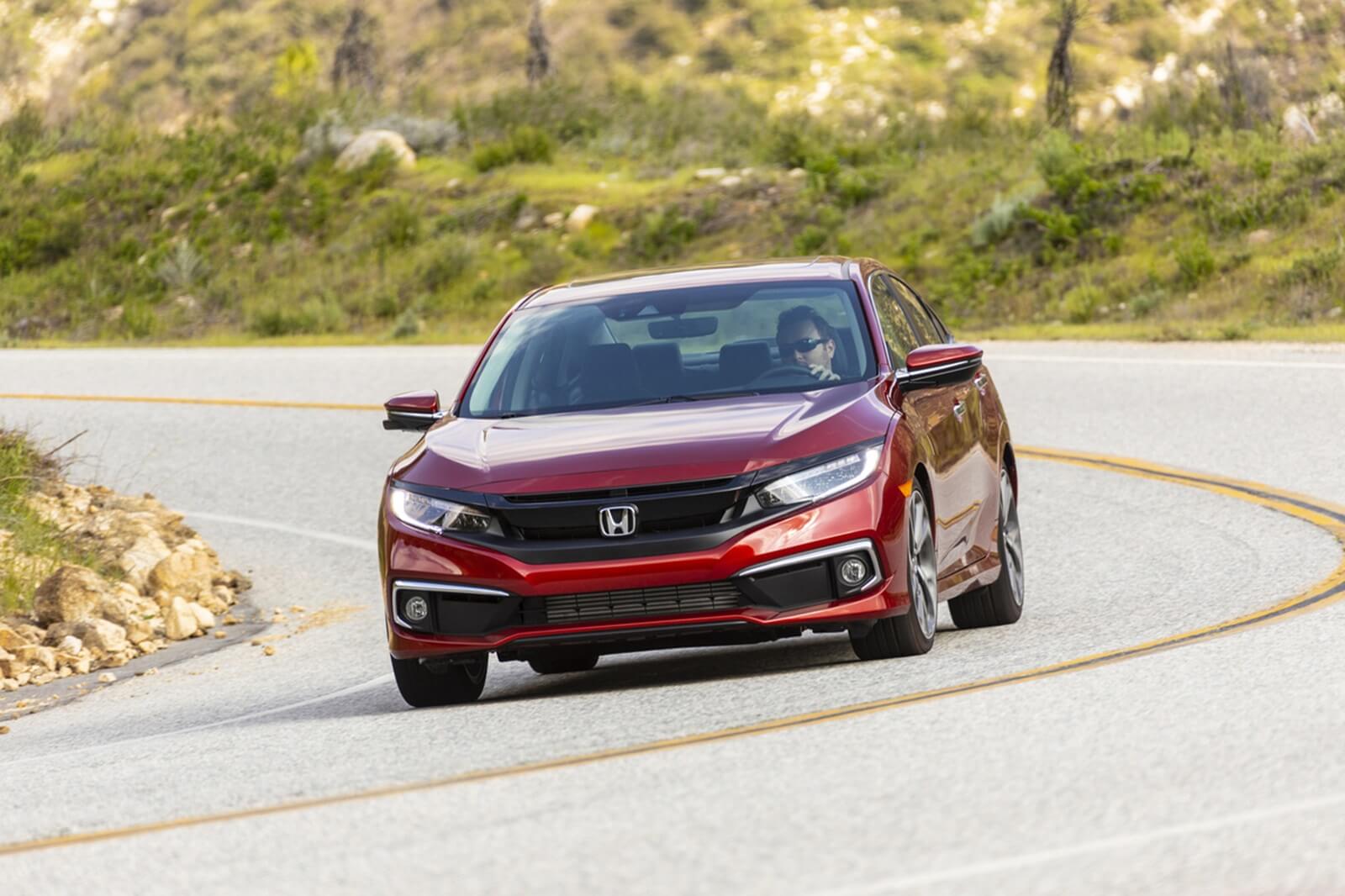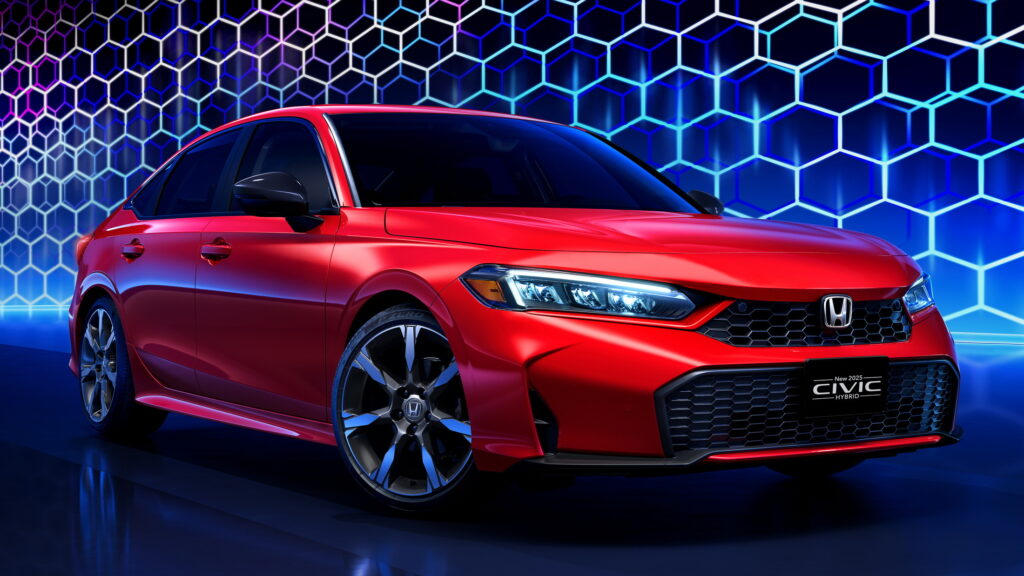“EVs are the most effective solution,” Honda says in a major strategy shift. Can the Japanese automaker deliver?
As we approach the middle of 2024, we find ourselves at a time when automakers are unfortunately waffling on once-aggressive commitments to going all-electric. Volkswagen is getting cold feet, Mercedes-Benz is having a more challenging time breaking up with the V8 than it thought it would, and General Motors and Ford are all about “the freedom of choice” these days. Meanwhile, they all have to keep their EV investments going out of fear they’ll miss some eventual takeoff point.
At least right now, Honda—way behind in the EV race, like much of the rest of the Japanese auto industry—is clear about where things are going in the long term. And now, we have more details about its plan to get there.
That kicks off this Thursday edition of Critical Materials, where we look at the future of the auto industry and how we’re getting there. Also on tap today: China’s automakers still aren’t messing around, and they’re clapping back at new U.S. tariffs as well.
30%: Honda’s Big EV Plans, Detailed
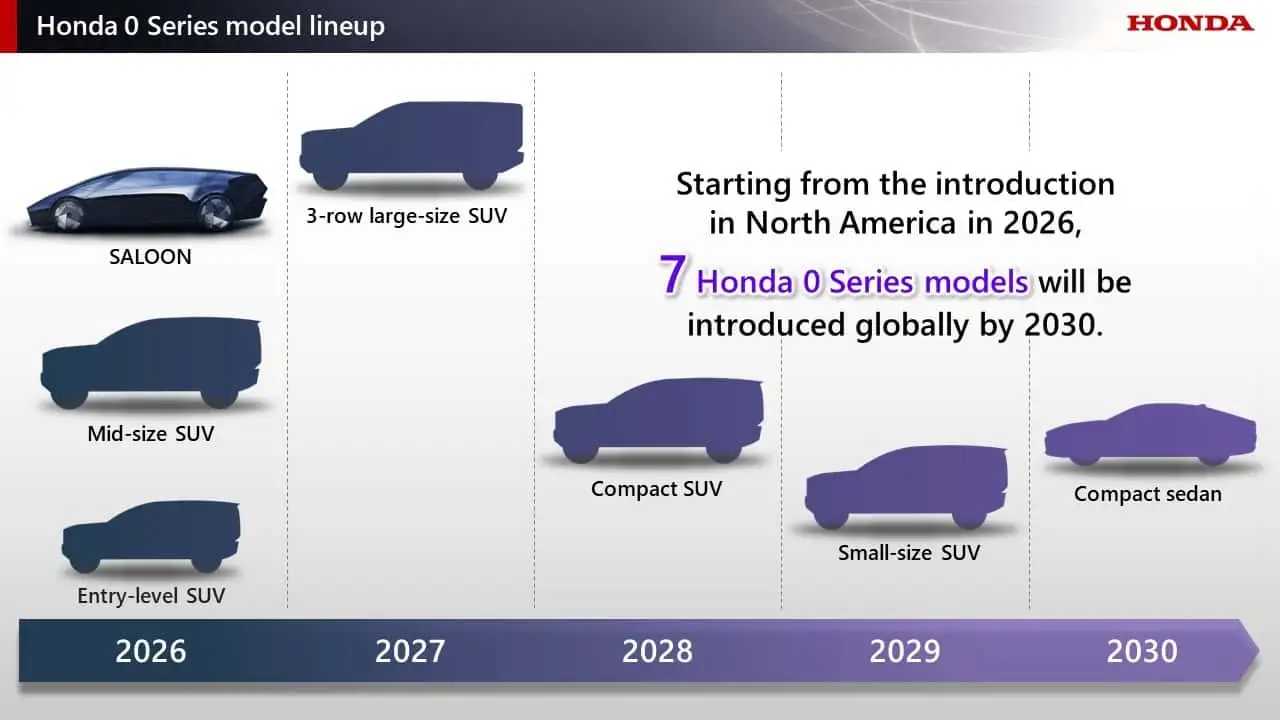
Last week at Honda’s annual financial meeting, we learned about Honda’s plans for future electric vehicle development—plans that involve taking things more vertically integrated, increasing R&D spending and more hybrid cars along the way. Earlier today in Japan, CEO Toshiro Mibe offered quite a few more details on what’s next, including $65 billion through 2031 “when the period of full-fledged popularization of EVs is expected to start.”
You can read the entire plan here. Note that this $65 billion is twice Honda’s earlier commitment to electrification. And I do appreciate Honda’s clarity around where the industry is going, which stands in stark contrast to the “multi-pathway” approach Toyota and others are taking:
The environment surrounding automobile electrification is undergoing dramatic changes, and in some regions, the sense of a slowdown in EV market growth is gaining attention.
[…] On the other hand, Honda has not changed its belief that EVs are the most effective solution in the area of small mobility products such as motorcycles and automobiles. Looking at the trend from a longer-term perspective, Honda is confident that the EV shift will continue to proceed steadily. Without getting too caught up in the current changes in the situation, Honda must look ahead to the period of EV popularization, which will begin in the second half of the 2020s and build a strong EV brand and a strong EV business from a medium- to long-term perspective.
The plan is to make “attractive EVs only Honda can offer,” while establishing a robust supply chain and production apparatus and targeting 5% profit margins on electric cars by 2030.
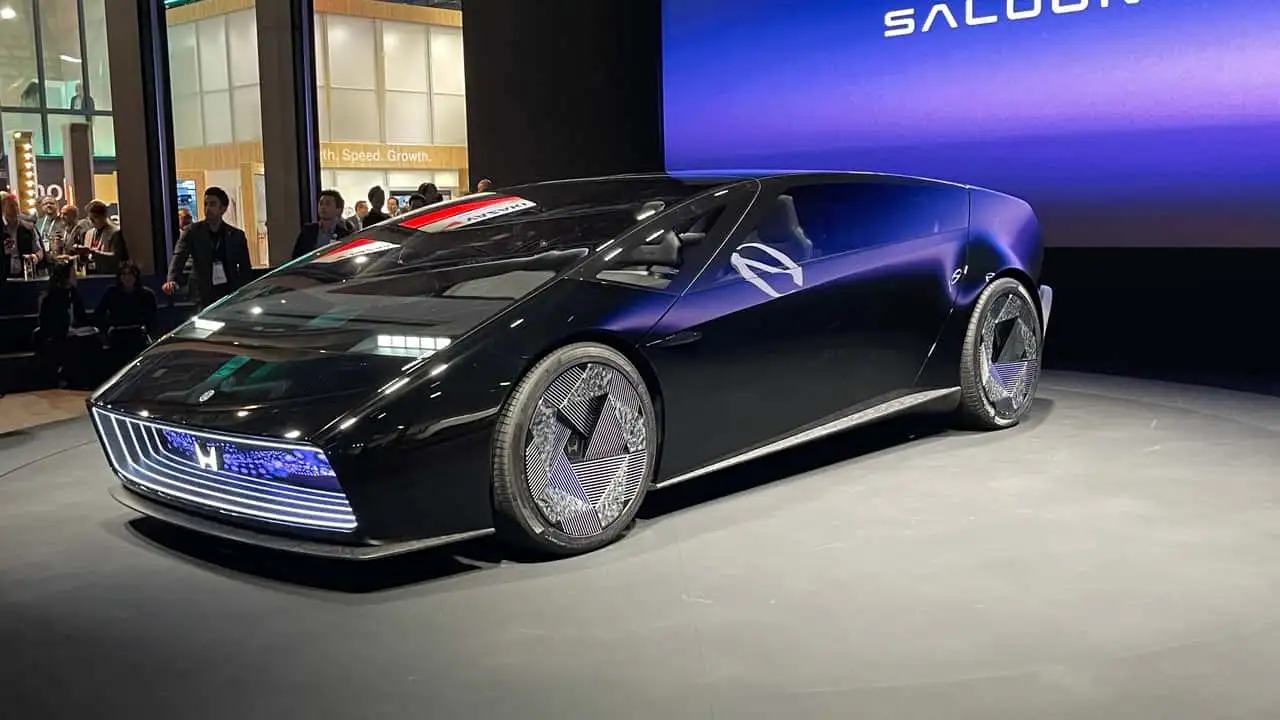
As it’s said before, Honda plans to launch “a model very similar” to the 0 Series Saloon Concept we saw at CES by 2026 in North America. But now, it offers more on what’s coming: EVs that are “thin, light and wise.” Neat! Among those claims:
In addition to lighter body frames, the new EV series models will adopt an all-new power unit, which was made lighter and thinner by applying Honda’s original technologies amassed through the development of F1 machines and HEV models. This will enable Honda to reduce the overall vehicle weight by approximately 100kg (220 pounds) compared to initial Honda EVs.
Not mentioned at all in this plan, by the way: General Motors. I suspect the GM Ultium-based Honda Prologue won’t last more than a couple of years, so enjoy it while you can.
I do recommend you read up on Honda’s plans, if you’re interested. It remains one of the best engineering-focused car companies on earth, and it would be great to see what it can do when it gets serious about EVs.
But as I said up top, we’ve heard such claims before. Saying something and actually getting it done are very different propositions in the auto industry. Here’s hoping Honda too doesn’t find some way to backtrack from this after going through such pains to look good for investors.
60%: ‘One Model Per Year’ Of Affordable EVs From Nio’s Subbrand
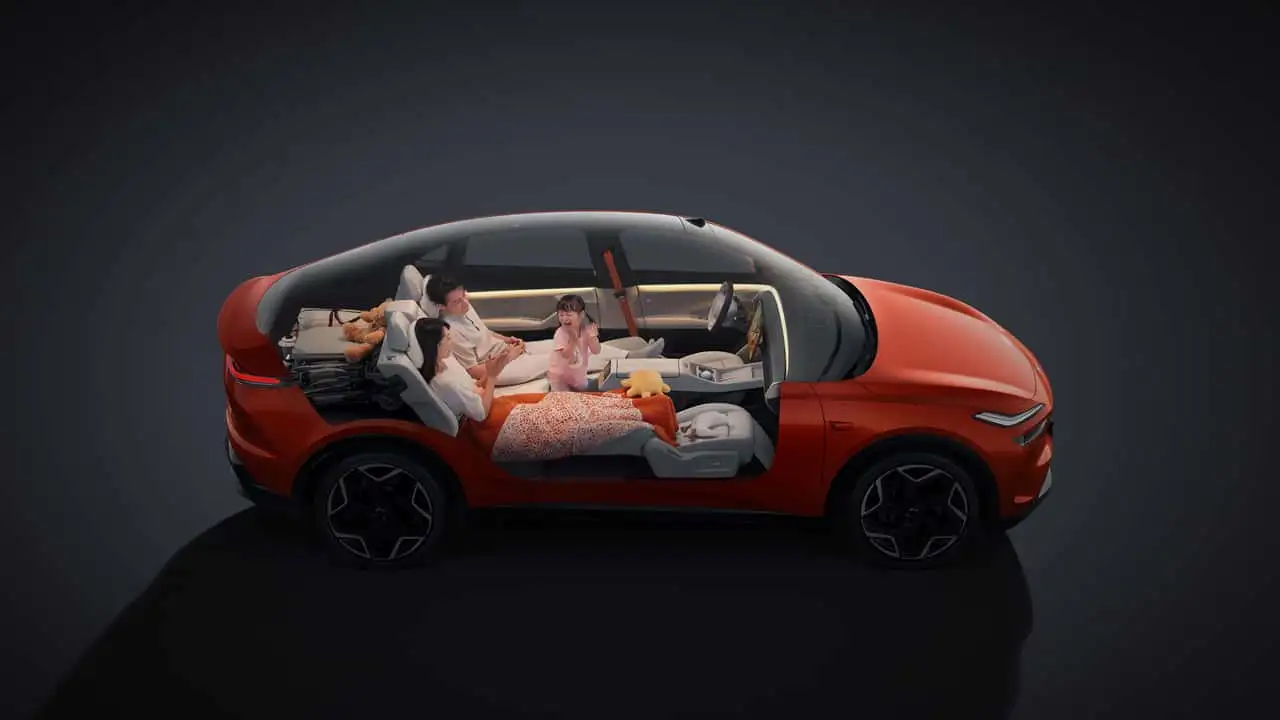
You’ll read more today about Chinese automaker Nio’s new sub-brand, Onvo. Let’s just say it’s targeting Tesla more directly than you’d expect. Like, really directly.
Anyway, Nio is a rising Chinese player perhaps most famous for its battery-swapping technology. But it does a lot more than that. And according to Reuters, this new Onvo brand helps it go downmarket while cranking out even more new models all of the time:
Chinese electric vehicle maker Nio, opens new tab said on Thursday it would launch one new model per year under its lower-priced Onvo brand and price them similarly to gasoline vehicles, as the firm expands its lineups to family cars in the country’s overcrowded auto market.
Nio said on Thursday it would have a second Onvo model targeting larger families coming up next and expected the newly launched brand to positively contribute to its overall profitability when monthly sales reach 20,000 units. “China has 110 auto brands… and it’s now already consolidated to 20-30 active players,” Nio Chief Executive William Li said. “The consolidation will continue but will not be very severe.”
Still, Nio itself isn’t profitable, even if its sales account for around 3% of China’s overall EV market by volume, according to Reuters. This, even as it’s launching another affordable EV sub-brand in addition to Onvo. Couple that with the oversaturated EV market in China and overcapacity in its factories and it’s no wonder those automakers are eager to expand.
90%: China To U.S.: ‘What Doesn’t Kill You Makes You Stronger’
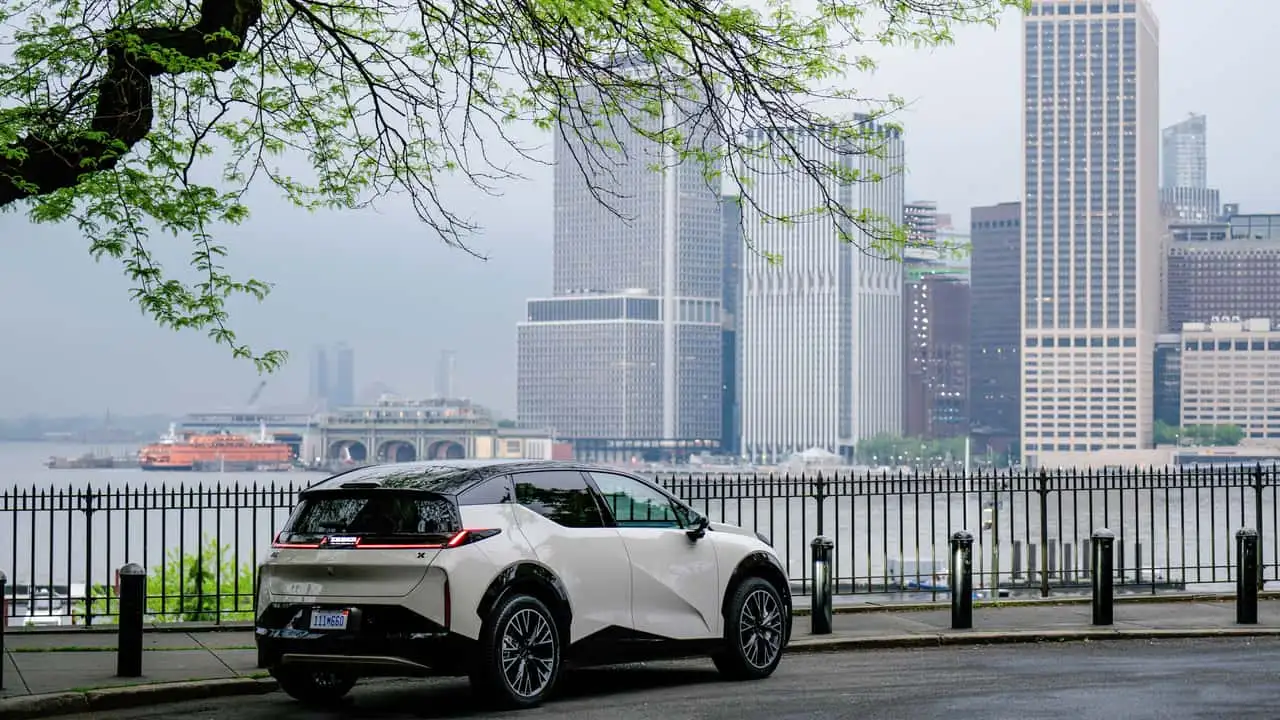
So how is China reacting to the new 100% tariffs on its EVs sold in the United States? Well, BYD’s CEO Stella Li said that when it comes to North America, the automaker is focused on Mexico right now and still has “no plans” for the U.S. Sure!
But Beijing and its associated media outlets are firing back and accusing the U.S. of hypocrisy. Here’s Reuters again:
In response to the tariffs, Chinese state media have shot back, accusing the United States of subverting its own free trade principles and taking action that threatens climate goals and will push up costs for American consumers.
In essence, the argument goes, you are hurting yourself.
[…] “What does not kill you makes you stronger,” Xinhua said in a commentary on the U.S. tariffs. “It seems the famous quote applies to China’s technology companies.”
Beijing knew this round of tariffs was coming. In recent visits to China, U.S. Treasury Secretary Janet Yellen and others had drove home a message that China’s industrial capacity to make more EVs, solar panels and batteries than its economy can absorb was a risk to American jobs and business.
Chinese officials and state media have rejected that argument, saying the country’s EV makers dominate because of innovation and supply chain advantages, not subsidies.
One thing is certain: the Automotive Cold War is just getting underway now.
100%: Do You Have Faith In Honda’s Promises Here?

I’d truly like to believe Honda’s serious about what it says here. But we’ve been burned by big promises in the EV world before. Then again, Honda is not Toyota, and it’s out here affirming that the industry is going all-electric over time. What’s your read on this new strategy?


